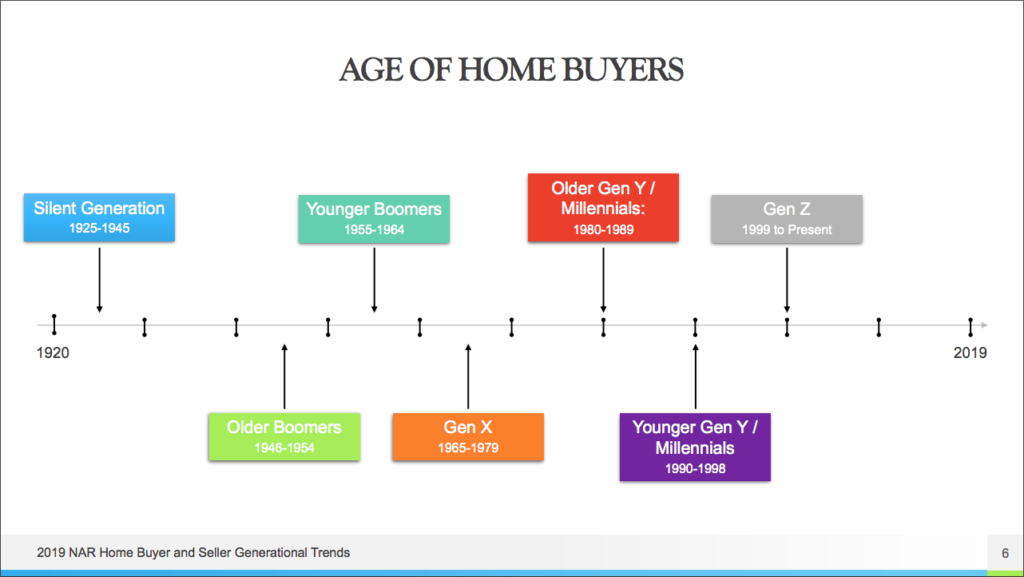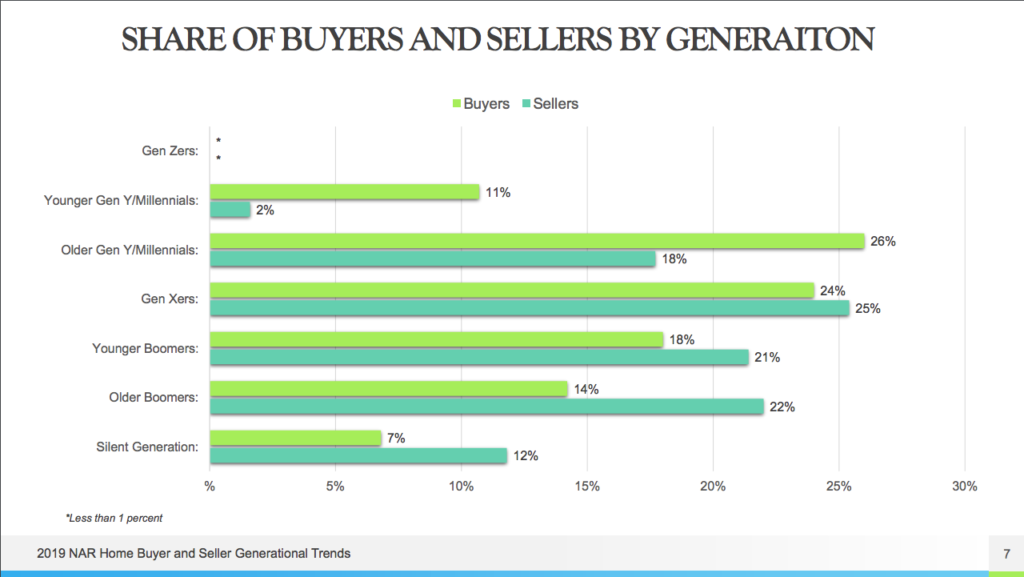How, and why, we buy houses of a particular nature
At GLG Homes, we buy real estate. It is a fundamental part of the services we provide. But buying houses is not our strategy. And, equally distinct, the purchase of a house is more than just buying it. Once we purchase a piece of real estate, we renovate and then sell it. This is commonly referred to as “flipping”. And believe it, “flipping” houses is a big industry. And we support those who do it. But our business goes beyond doing a “flip”.
For starters, we have specific principles that govern our business model. We firmly stand behind our commitment to work with local contractors who will benefit from the project work. Our commitment to neighborhood improvement is equally firm. But above these and other business commitments we have made, is our focus on filling a particular need in the market.
We are going to use three different articles to discuss our strategy to buy houses. This, the first, article covers the risks of not having a strategy and also GLG Homes’ market view. The second article will discuss the consumers that define and benefit from our strategy. And the last article will dive into the characteristics of the properties that we profile in our strategy.
Investing based on business goals, not a strategy
There are some investors that will take any project as long as it meets minimum profit criteria. There’s nothing wrong with that approach. And, other investors simply want to work on large scale initiatives that have the highest possible market value. Again, we have the utmost respect for these groups. Still, another group of investors will simply chase any and all projects they can find. There’s nothing wrong with any of these, but we don’t see these as a market strategy. And, in some cases, the businesses doing these types of projects are focused solely on the individual project profitability.
Profitability is key, but so is focus
But determining profits is exponentially harder if your project (property and buyer) profile is without a constant. When you are constantly shifting your property profile, you cannot develop a strong system. Take a look at some of the most successful companies in the market. They have business goals (e.g. profit targets), but above these goals, these companies have strong market strategies. Without a focus, you can still achieve growth and profits but forecasting your long-term is incredibly difficult. And, from a lender’s perspective, it erodes confidence in determining the return on investment (ROI) expectations.
GLG Homes’ market strategy is the first-time / last-time homebuyer
At the heart of our business is our system for identifying, evaluating, and acquiring residential and commercial properties. We use this system, and an ongoing collection of data, to determine what markets have the most unfulfilled demand. We see the first-time and last-time homebuyer as being the most underserved market (in our geography).
Credit to the National Association of Realtors 2019 Home Buying and Selling Generational Trends report
The chart above is from the 2019 executive research report from the National Association of Realtors (NAR). This shows how the different generations are classified by group. In the following chart, we can see where these generations are landing for home buying.
Credit to the National Association of Realtors 2019 Home Buying and Selling Generational Trends report
While the outcome may seem obvious, the chart demonstrates the concentration of buyers. And what it shows is that the majority (50% in total) of buyers are the generations referred to as “Older Gen Y / Millenials” and “Gen Xers”. The Gen X group is also one of the key contributors on the seller side. In short, Gen Xers represent 49% of all homes bought and sold.
As noted in the 2019 NAR Home Buying and Selling Generational Trend Report; First-time buyers made up 33 percent of all home buyers. With over 52 percent of buyers between 29 to 38 years of age. And 86 percent (of buyers) was 28 years and younger. So, in summary, if one-third of all home buyers are first-time buyers and the peak age of that group is 38 years old, we have to look at two factors. Income and desire.
Dramatic influence on GLG Homes’ strategy to buy houses
Knowing that one-third of all buyers are below the age of 38 and that the majority of these buyers are below the age of 30 – we have to look at the income and the desire of these buyers. The median income of this consumer pool is $71,000 for the 28 and under buyers. For buyers between 29 and 38, the median income is $101,000. If we use a simple “how much can I afford” approach and make some basic assumptions about cash on hand, debt, and credit scores, this puts the purchasing power of a buyer between $165,000 and $235,000. Quick note; in Connecticut, the Median Home Price in 2019 for all counties and houses sold was $239,000. What this tells us is that the Median Home Price of $239,000 (in 2019 at least) was just above our target market price strategy.
This is a general understanding of the consumers that represent the buyers we are targeting when selling a renovated home. In the second article, we take a closer view of how this consumer group is defined. And, more importantly, how this influences our market strategy, financial goals, and reporting metrics.
The research data does not tell the entire story. But it does help us determine where the largest pool of consumers will be found. Next, we have to determine how that consumer group is getting its demands met. This is where we shift the focus to property profile and inventory. We will dive into the details of this in the third article and how we buy houses.
Connecticut Median Price and the consumer profile
As mentioned at the start of this article, there are all different types of investors in any given geographic market. There is no definitive right or wrong way to build a real estate investment business, but there is definitely a difference between building for long-term success versus pursuing projects.
For GLG Homes, our business services account for:
- residential buying and selling
- commercial buying and selling
- rehab and renovation
- interior design
- home staging
- lending
And we have defined market strategies for each of these goals. Specific to our residential strategy, which is the focus of this three-part article, we believe that the first-time homebuyer is the most under-served consumer population and it is the fastest-growing segment. In that same consideration, we have recognized that the buyers in the Older Boomers and Young Boomers (see above chart) category represent a dual opportunity for our residential strategy. These are both sellers and buyers and this is where our acquisition and realty services can merge. These are groups that tend to have a high tenure of ownership. As such, they are less likely to sell and start anew unless there is a significantly motivating event. More commonly, the sale is going to be a move out of state and/or downsizing.
The affect on a ‘we buy houses’ strategy
Knowing your target consumer base and ultimately building a profile of your expected customer is key to creating your business structure. For GLG Homes, we use this definition to shape our renovation plans. For example; how we renovate a home for a first-time homebuyer is distinctly different from our plans for a last-time home buyer. One customer type will gravitate to certain features and functions more so than the other. Additionally, the style of home differs. For example; a last-time home buyer is more prone to a ranch-style home than a split-level. We will delve deeper into this in the third article.
Ultimately, a strategy is nothing without execution
As you develop your own market strategy, be prepared for the commitment to execute it. It is a whole lot easier to just grab at anything, but then your business is built on nothing. Meaning, you will not have a focus. And eventually, you will be exhausted from simply chasing projects of any size, shape, and flavor. But, if you have done your market research and developed your strategy – which then becomes the framework for your business plan. It is a lot easier to accomplish your goals when you are working on a plan versus simply working.
Questions? Want to discuss strategy? Always ready to chat. Need to sell? Give us a call, we buy houses.
Thanks,
g.


